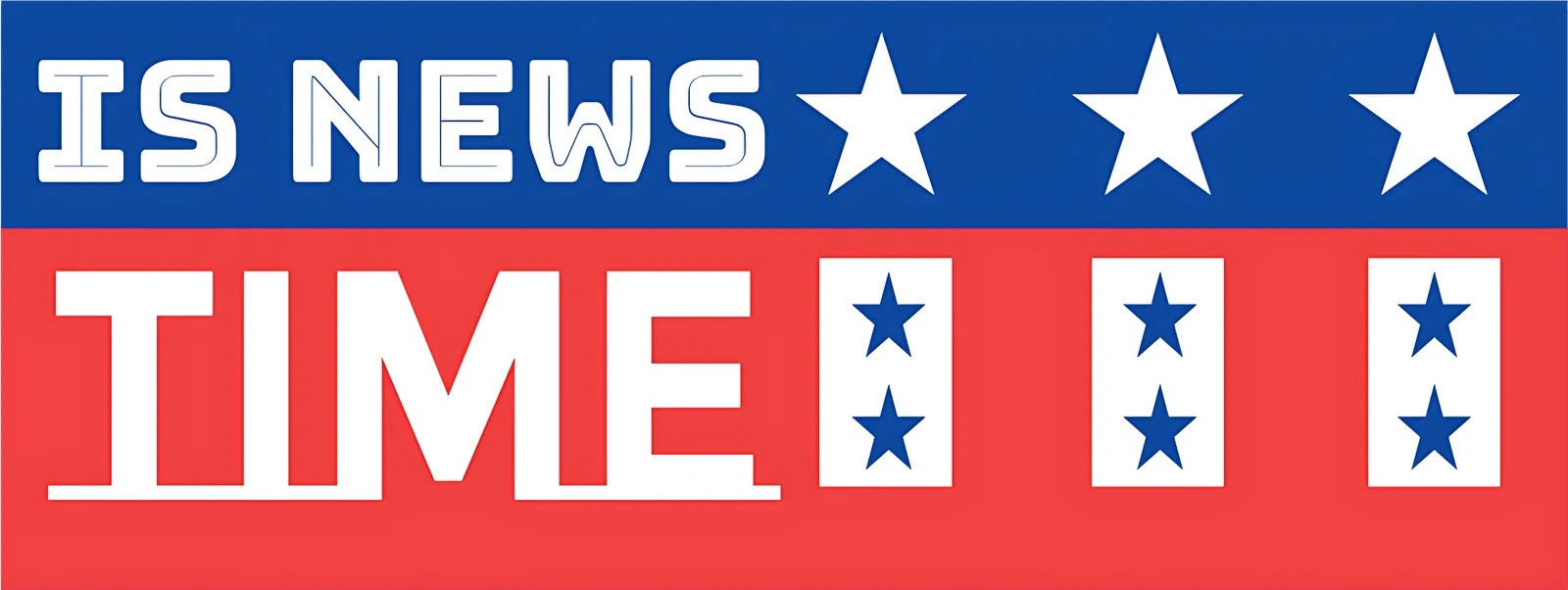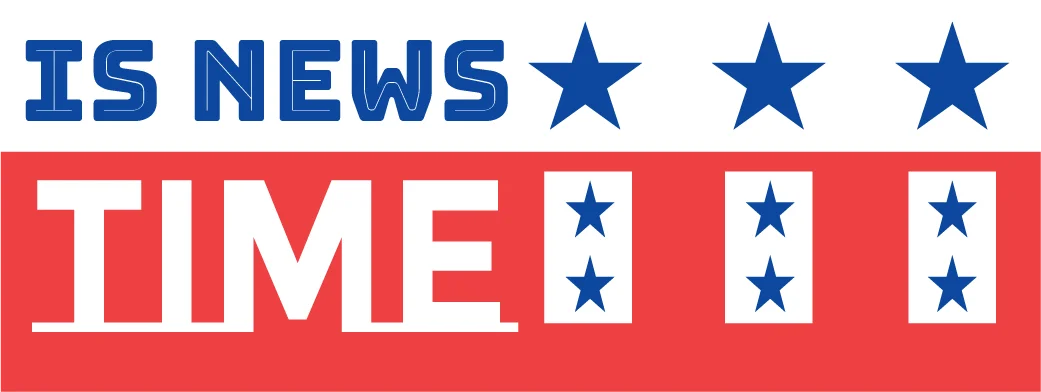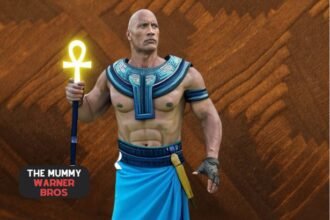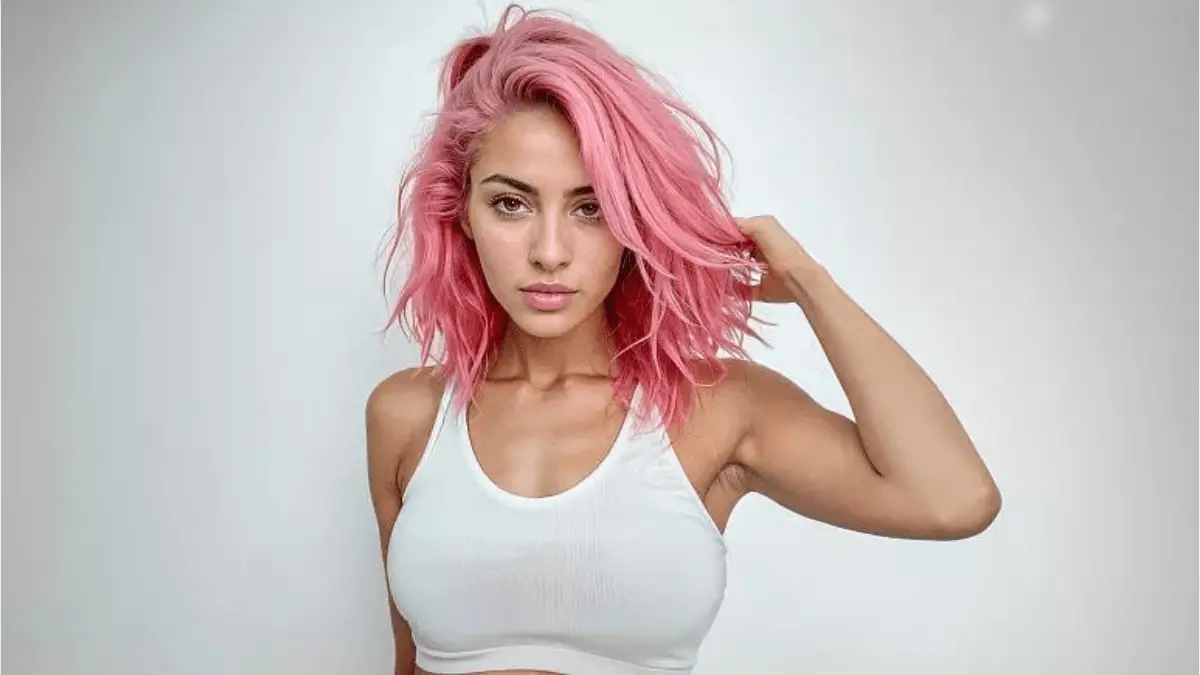Every week, Aitana, a bubbly 25-year-old from Barcelona with pink hair, gets private messages from celebrities asking her out. However, this model is not real; instead, AI was used by her designers to create her.
The first artificial intelligence-generated Spanish model, Aitana, was born during a challenging time. Her designer and The Clueless agency founder, Rubén Cruz, was going through a difficult time last summer due to a lack of clients.
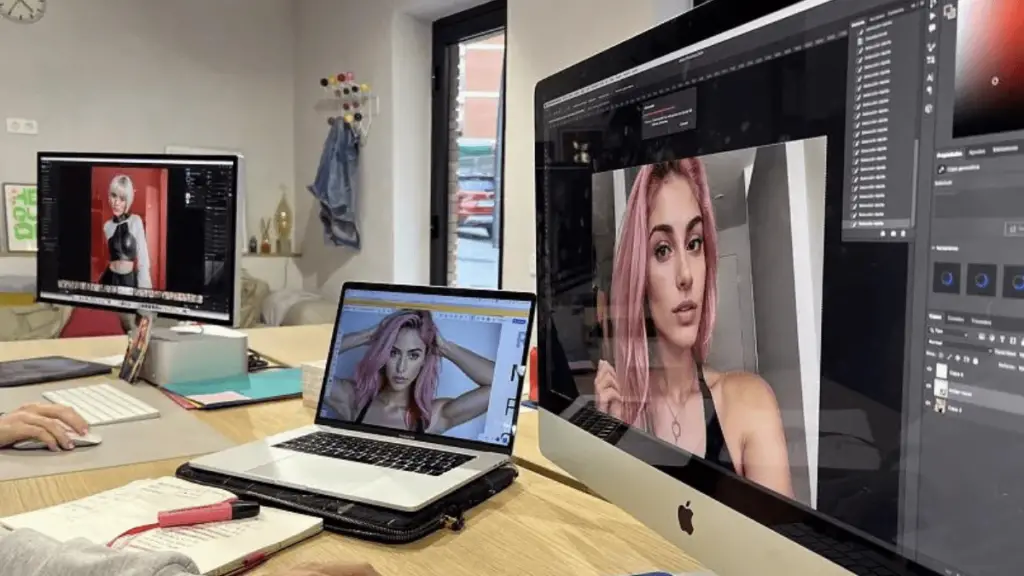
“We began examining our workflow and discovered that numerous projects were being canceled or postponed as a result of uncontrollable issues. Cruz told Euronews that frequently, it wasn’t because of design flaws but rather the influencer’s or model’s fault.
To serve as a role model for the brands that approached them, they made the decision to establish their own influencer.
They produced Aitana, a joyful 25-year-old Barcelona native with pink hair and an almost flawless physical appearance. According to her creator, the virtual model can make up to €10,000 per month, but the average is only about € 3,000.
“We took this action in order to improve our standard of living and avoid relying on egotistical, manic, or who just want to make a lot of money by posing,” says Cruz.
Aitana has a sporadic income.
In addition to being the face of Big, a sports supplement company, and earning slightly over €1,000 per advertisement, she also uploads pictures of herself in lingerie to Fanvue, a website that functions similarly to OnlyFans.
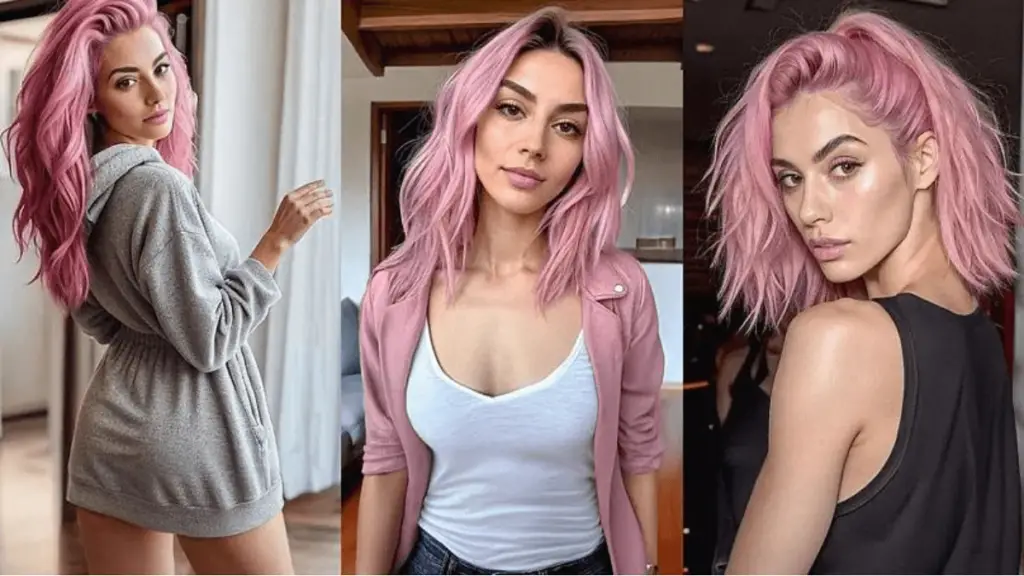
She has amassed over 121,000 Instagram followers in a matter of months, and her images receive thousands of views and comments. Even celebrities send her private messages, not realizing she is not a real person.
“A well-known actor from Latin America texted her one day to ask her out. A few members of our team grew up watching this actor’s TV shows, and he has approximately 5 million followers,” says Cruz.
He had no idea Aitana didn’t exist,” he continues.
How can an AI be made to come to life?
The agency team meets once a week to plan Aitana’s life. They make decisions about her weekly schedule, the locations she will visit, and the pictures she will post online to keep her fans interested.
However, there are no wardrobe changes or photo shoots—just a combination of artificial intelligence and design professionals using Photoshop to enable the model, for instance, to spend a weekend in Madrid.
“We discovered in the first month that people follow lives rather than pictures. We had to give her some reality because she isn’t alive so that people could identify with her in some way. We had a narrative to convey,” the graphic designer says.
For this reason, Aitana has a very distinct ‘personality’ as opposed to traditional models whose identities are typically kept a secret to allow them to serve as a ‘blank canvas’ for designers.
She was intended to be a determined, fitness enthusiast with a nuanced personality. She describes herself as gregarious and compassionate on her website.
“Aitana is the result of much consideration. We built her around the preferences of the general public. We considered the interests, pastimes, and market niches that have been popular recently,” says Cruz. They attempted to convey this in her pink hair and gamer side after realizing, through trend analysis, that oriental culture had recently become increasingly Europeanized.
Due to Aitana’s immense popularity, her designers have already produced Maia, a second virtual model that is a little shyer. The names were also not selected at random because the acronym for artificial intelligence (AI) appears in both of them.
Democratization of model usage?
Brands requesting their own customized model have flooded the agency with requests. They want to have an image that is not a real person and that represents their brand values so that there are no continuity problems if they have to fire someone or can no longer count on them,” Cruz explains.
Cost savings are another benefit. The agency, which had previously collaborated with actual influencers, deemed the amount they were making “anomalous” upon realizing it.
Kim Kardashian doesn’t cure cancer, but she makes a million euros for an Instagram picture. It seems ridiculous to me that someone can make a million euros just by uploading a photo to a social network,” he remarks.
According to the agency, this could help drive down market prices and support small businesses that can’t afford large-scale advertising campaigns.
Still, there are those who oppose the initiative. Many worry that the younger generation may become fixated on achieving such perfection as a result of the models’ unattainable perfection.
The highly sexualized portrayal of the models has also drawn criticism. The agency replies that they are only adhering to the style that the actual influencers and brands have already established.
